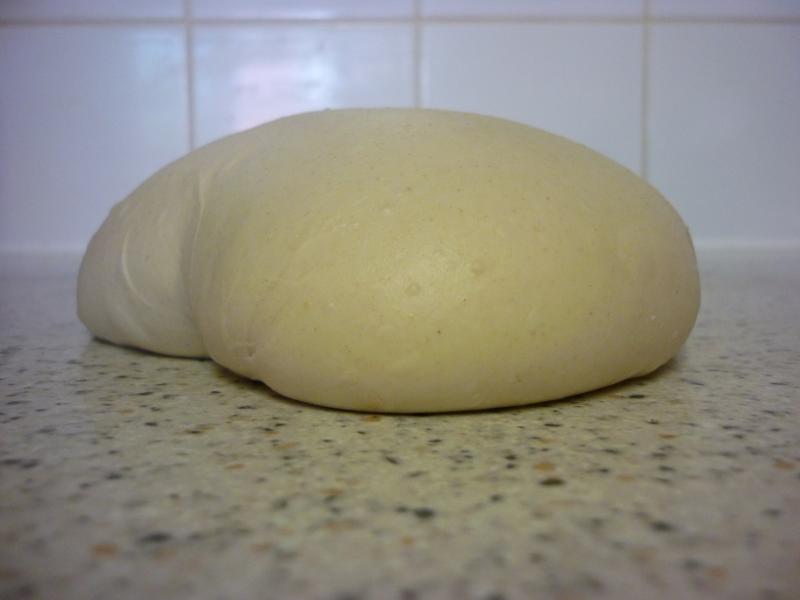My daily bread
- Log in or register to post comments
- 4 comments
- View post
- Litebrite's Blog
Hello everyone,
 For someone who doesn't like to drink coffee, I must say I love adding it to my bread. It adds a subtle flavor to the overall product that is very pleasing and smells good to boot.
For someone who doesn't like to drink coffee, I must say I love adding it to my bread. It adds a subtle flavor to the overall product that is very pleasing and smells good to boot.
This requires a lot of kneading to create a dough with strength. It starts out as a liquid soup. 40 mins kneading by hand. A messy job!
Recipe:
Mixed dough:
Found some Canadian durum attta in the Indian aisle at the Lee Lee’s Chinese grocery- real globalization at work. The brand was Golden Temple. The ‘atta’ makes this flour different than regular durum or semolina since it still has the bran in it.
 Now that I have taken the dive bait and started baking with my Yeast Water Starter, it was time to try something a little more complicated. Following the lead of my friend DA Brownman, I decided to try a combo yeast water levain and AP sourdough levain. To make it interesting I made the yeast water levain using 100% durum flour in a 2 build process and combined this with my existing refreshed
Now that I have taken the dive bait and started baking with my Yeast Water Starter, it was time to try something a little more complicated. Following the lead of my friend DA Brownman, I decided to try a combo yeast water levain and AP sourdough levain. To make it interesting I made the yeast water levain using 100% durum flour in a 2 build process and combined this with my existing refreshed
After baking my first variation of sweetbird’s Buckwheat SD and Apple Bread here:
Every year, in the beginning of summer, my three brothers and I gather for a weekend at our parents' summer cottage to eat, relax, and create something together. As we all love to create things and try out new ideas, we usually end up creating something out of the ordinary.
3 kinds of bean bread (green soy bean & cheese bread, soft soy milk bun with green soy bean, sweet black bean bun)

Black Bean Bread

Earl Grey Tea Loaf
